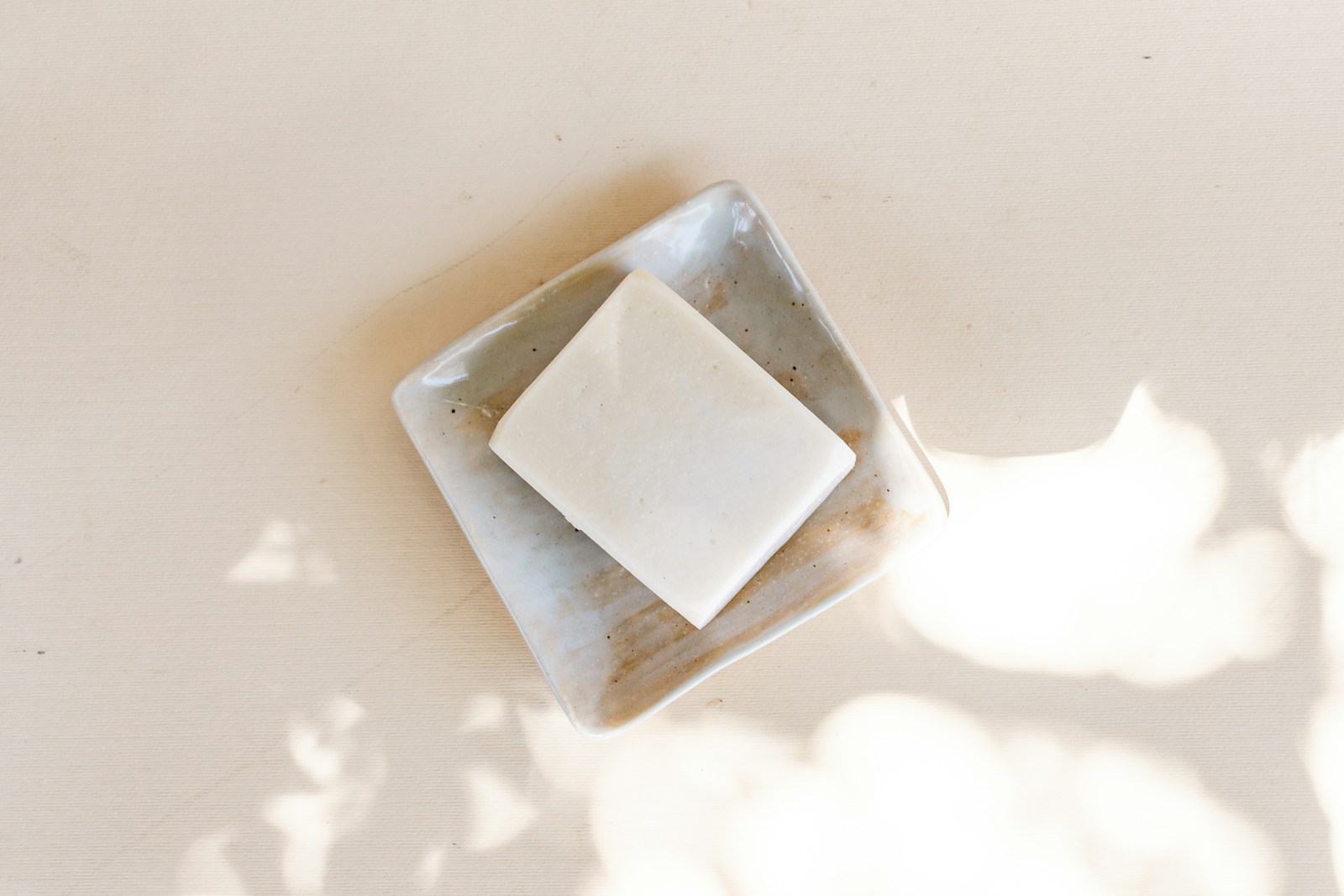Soap making is a captivating and rewarding hobby that allows you to create customized soaps tailored to your preferences. Whether you’re looking to save money, reduce waste, or simply enjoy the creative process, diving into the world of DIY soap making can be a fulfilling experience. With a few key ingredients and some simple tools, you can craft your own unique soaps that are perfect for personal use or gifting to friends and family.
When it comes to making soap, there are a few essential components to consider. The base of any soap recipe is typically a combination of oils or fats, which provide the cleansing and moisturizing properties of the soap. Common oils used in soap making include coconut oil, olive oil, and shea butter, each offering its own benefits for the skin. Additionally, lye, also known as sodium hydroxide, is necessary to create the chemical reaction that turns oils into soap.
To get started with making soap, it’s important to follow a reliable guide or recipe to ensure safety and success. Many beginner soap makers prefer to start with a simple melt-and-pour method, which involves melting pre-made soap base and adding fragrance, color, and other additives before pouring the mixture into molds to set. This method is beginner-friendly and allows for creativity without the need to work with lye.
For those interested in traditional cold process soap making, it’s crucial to take proper safety precautions when handling lye. This caustic substance can cause burns if mishandled, so it’s essential to wear protective gear, work in a well-ventilated area, and follow precise measurements and instructions. Despite the initial intimidation, many soap makers find cold process soap making to be a fulfilling and satisfying craft.
One of the most enjoyable aspects of DIY soap making is the ability to customize your creations with scents, colors, and additives. Essential oils, fragrance oils, and botanicals can be added to soap to create unique scents and textures that cater to your personal preferences. Whether you prefer the calming aroma of lavender, the invigorating scent of citrus, or the earthy fragrance of patchouli, there are endless possibilities for creating beautifully scented soap.
In addition to fragrances, colors can also be added to soap to enhance its visual appeal. Natural colorants such as spirulina powder, turmeric, and cocoa powder can be used to achieve vibrant hues without the need for synthetic dyes. Additionally, additives like exfoliants, clays, and herbs can provide additional benefits for the skin while adding texture and interest to your soap.
As you delve into the world of DIY soap making, remember that practice makes perfect. Don’t be discouraged by any initial mishaps or failures – learning from mistakes is an essential part of the creative process. With time and experience, you’ll develop your own unique techniques and recipes that reflect your personal style and preferences.
In conclusion, making soap at home is a fun and fulfilling hobby that allows you to create personalized, high-quality products for yourself and your loved ones. By following proper safety guidelines, experimenting with scents and colors, and honing your skills through practice, you can enjoy the art of soap making and all the benefits it has to offer. So why not dive into the world of DIY soap making today and start crafting your own beautifully scented soaps?




